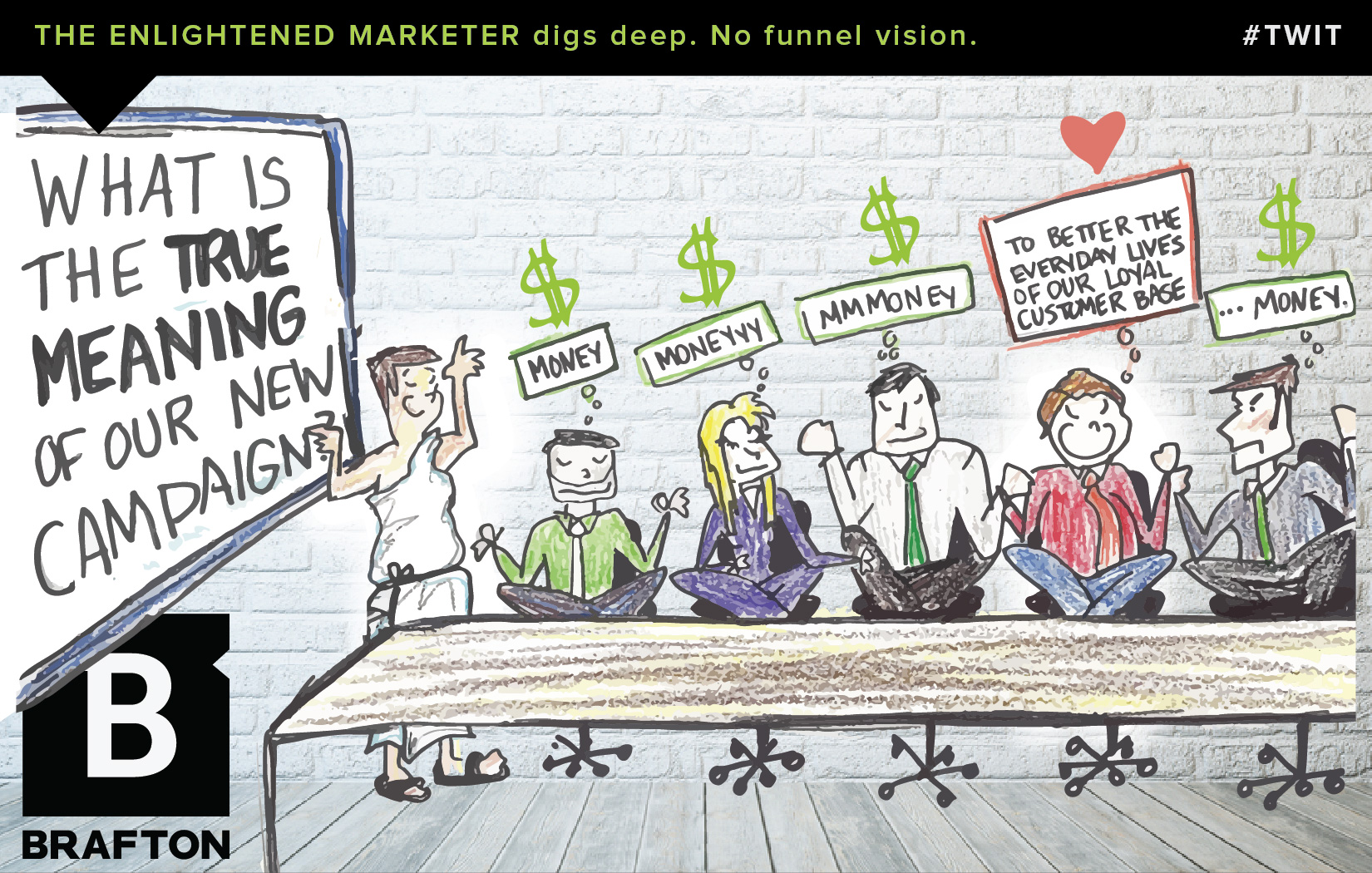Your customers are looking at your website and reading the content on it to determine if your business is a fit for their needs. To earn their trust and win their purchases, you need to provide a great on-site experience, complete with answers to their top questions. But good content is to sales opportunities as bad content is to missed opportunities.
The Economist partnered with The Intelligence Unit to survey 530 global executives across industries to find out what kinds of content they’re actually looking for when they check out a business’ website, and what kinds of assets leave them feeling nonplussed.
When asked about content that didn’t make a positive impression or impact their purchase decision, here are the top factors they cited:
1. It’s low-quality (43%)
At the bare minimum, content needs to be readable. That means having an editor proofread for grammatical errors, typos and clarity. However, the bar has been raised on what’s considered ‘quality content.’ For brands to stand out from the pack with their articles, they need to publish content that’s better and more useful than what already exists.
2. It seems more like a sales pitch than useful information (71%)
No one wants to realize halfway through an article that what they’re reading is really just a product promo. If your content promises something educational or entertaining, it needs to deliver on those expectations. The bait and switch has no place in your content strategy. It will turn readers off and leave them with a bad impression of your brand.
3. It’s generally uninteresting (23%)
Content needs to contain notable information to be effective. Readers won’t be impressed if they spend their time on an article that doesn’t provide any takeaways or tell them something unexpected. It’s a no-brainer that content needs to be interesting to influence readers’ impressions and decisions.
4. It told me something I already knew (45%)
Does your content say something new, or does it regurgitate facts and ideas that are already floating around the web? Anyone can say “Buying a home is challenging” or “Your business needs to harness the power of data to become more successful.” You may not want to give away your business’ secret sauce, but you do need to offer readers something they didn’t know before and can’t find somewhere else.
75 percent of executives surveyed by The Economist and The Intelligence Unit say they read content to research a business idea.
The reason 75 percent of execs read content is to research a business idea. They won’t learn anything if you only provide generic information they already know. Dare to stand out by giving away a sample of the insights that have helped you succeed.
5. It was difficult to understand (20%)
It’s understandable that you want to impress the CEOs reading your blog, but executives have a jargon threshold, too. A problem we encounter a lot is that marketers want their blogs to sound smart and ask for technical language to target that C-level audience. What happens is that the blog comes across as stiff and complex – not enjoyable to read. (Studies show overly complex writing also ranks lower than copy that’s straightforward.)
When we ran an A/B test for a law firm to find out if technical articles written by lawyers outperformed conversational blog posts from our writers, we saw that the latter blog posts increased conversion influence 550 percent.
6. It was boring (19%)
The substance of your content needs to be good, but so does the delivery. Content must be technically correct, but also engaging. If the format is too vanilla – a block of small text on a page – your target audience won’t read it, no matter how interesting it is.
A written document detailing technical processes might be boring. But a dynamic presenter providing the same information in a video is much more engaging. It’s all about the presentation.
7. It was long (28%)
Online readers have short attention spans. And despite some movement toward long-form content*, execs are busy and don’t have time to dig through a report to find the answers that are pertinent to them. Successful content doesn’t bury the takeaways – it leads with them, and then backs them up with evidences that’s relevant to the reader.
*Check out these resources that show growing demand and acceptance of longer articles:
8. It wasn’t trustworthy (35%)
Anyone can publish information online, and that’s made readers understandably skeptical. Readers don’t just want to take your word for it. They can’t afford to. Execs looking to make business decisions need research that supports claims and data to prove that ideas are credible. One study found 74 percent of consumers trust content when it’s supported by outside resources.
On the other hand, content has a positive impact on buyers’ perceptions when it’s highly interesting and interactive, uses engaging visuals and provides a unique perspective. You can see the full list of what makes content effective in the chart below:
Your website’s content is shaping buyer’s decisions even before you get a chance to speak to them. The way to impress your target audience is through thoughtful articles that answer their questions, teach them something new and do it in an engaging way.






